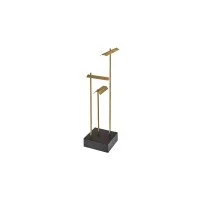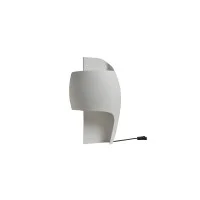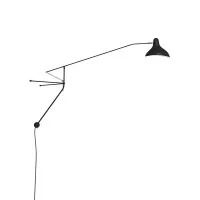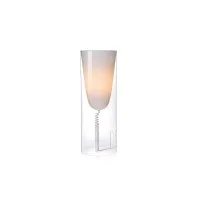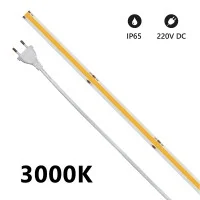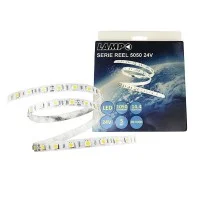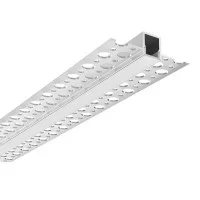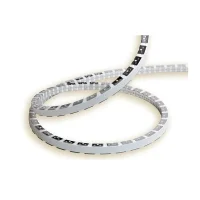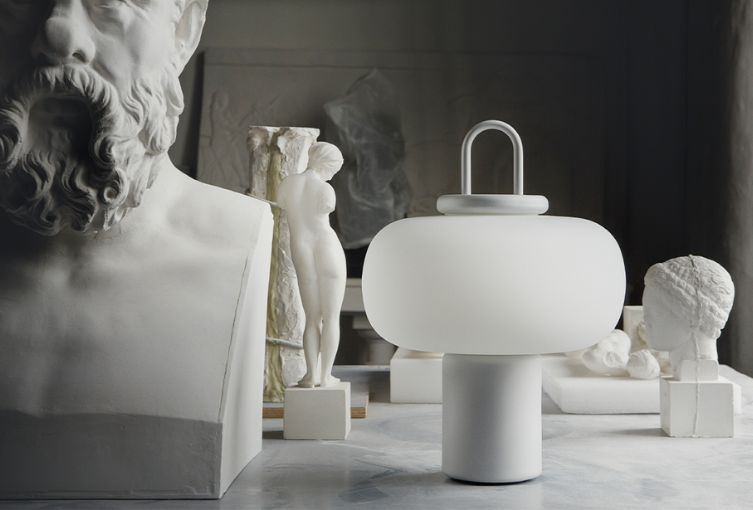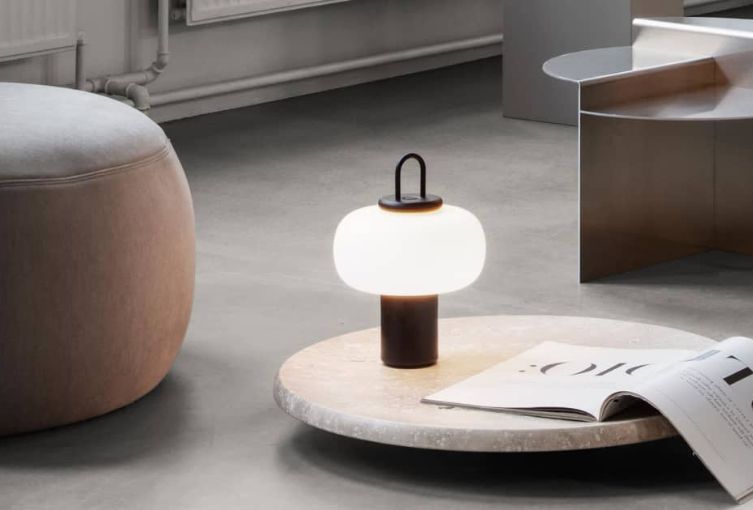Induction lights: versatility and lighting efficiency
Lighting is one of the fundamental aspects of the setting in which we live and work. Over the years, technological evolution has led to various innovative solutions for more efficient and ecological lighting. One of these solutions is represented by induction lights, a type of lighting that offers many advantages over traditional light sources.
In this article, we'll explore what induction lights are, why they're so useful, their distinctive characteristics, and the different contexts in which they can be employed.
What is an induction light?
Induction lights are a type of lighting based on the principle of electromagnetic induction. Unlike incandescent or fluorescent lamps, which require the use of filaments or gases to produce light, induction lights generate illumination by exploiting the magnetic field generated by a coil.
This process is incredibly efficient and greatly reduces energy waste, making induction lights a greener and more economical option.
Uses of induction lights

Induction lights offer a number of benefits that make them an excellent choice in many contexts. First, their energy efficiency allows you to save significantly on electricity costs, making them an ideal choice for reducing your environmental impact and cutting your energy bills.
In addition, induction lights have a long operational life, thanks to their technology with no moving parts subject to wear. As a result, they require less maintenance and have a longer life cycle than traditional lamps. This makes them particularly suitable for areas that are difficult to reach or difficult to maintain.
Another significant advantage of induction lights is their ability to turn on automatically when there is movement or when the surrounding brightness drops below a certain threshold. This function, known as a motion or twilight sensor, allows you to further save energy, while ensuring greater safety in outdoor or public areas.
Distinctive features of induction lights
Induction lights have several characteristics that distinguish them from other lighting solutions:
energy efficient: thanks to electromagnetic induction technology, induction lights have a higher light output than many other light sources, while using a fraction of the energy;
durability: induction lights can last up to 100,000 hours of use, greatly reducing the need for replacement;
fast restart: unlike discharge lamps, induction lights can be restarted immediately after a power outage, with no cool down time;
motion/twilight sensor: this feature allows for automatic lighting control based on the presence of people or ambient light conditions, further optimizing efficiency.
Contexts of use of induction lights
Induction lights are used successfully in a variety of contexts, including:
street lighting: induction lights are ideal for street and highway lighting, providing bright, even light while reducing energy costs;
security lighting: they are widely used to increase safety in public areas, such as car parks, parks and squares, thanks to the ability of the sensors to detect movement and activate only when necessary;
industrial lighting: in industrial settings, where lighting is essential for safety and productivity, induction lights are a popular choice due to their reliability and durability;
residential lighting: induction lights can be used in the home, especially outdoors, to save energy and provide efficient and safe lighting.
In conclusion, induction lights are a versatile, efficient and environmentally friendly lighting option, capable of providing bright and reliable light in a variety of settings. Their advanced technology, combined with their ability to save energy and long life, make them a smart choice for anyone looking to improve lighting efficiency and reduce environmental impact.
Let's discover the induction lights on our Diffusione Luce website!
Written by Alice Pruccoli
Share this content
